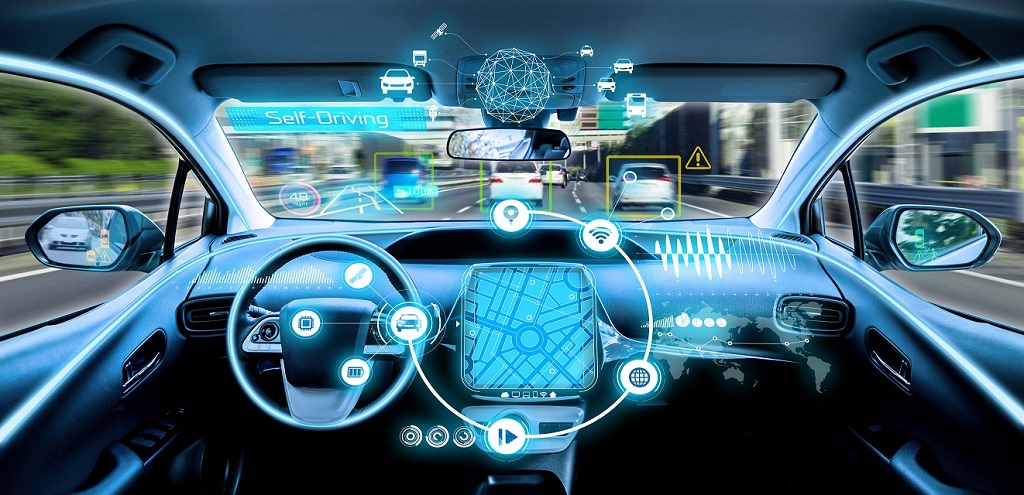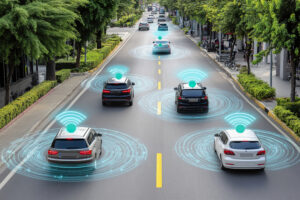If you think your phone is smart, wait until you see what the world’s automobile manufacturers and their component partners are preparing to roll off their assembly lines and into your driveway in the coming year and beyond. To put it mildly, ‘You ain’t seen nuthin’ yet.’
More than a chauffeur
While the first thought that often springs to mind when it comes to advanced automobiles is autonomy — self-driving cars — the reality there, according to Kelley Blue Book, the longtime guide to used automobile valuations, is perhaps a decade away. In the meantime, there are a host of artificial intelligence (AI)-enabled features in the pipeline. AI will:
- Assess your car for current and potential future problems.
- Monitor the driver’s health while behind the wheel
- Personalize your experience using “contextual technology” which can recognize your behavior patterns and, for example, remind you it’s time to pick your kids up from school
A computer on wheels
With each passing day, more AI-oriented computerization is embedded into a car’s operational capabilities, so much so that a new term has emerged to describe the phenomenon: software defined vehicles (SDVs). Cars will be receive over-the-air updates as new tools are available or vulnerabilities are discovered.
Some of these features debuted at the 2025 Consumer Electronics Show. They include:
- Omnivision and Philips In-Cabin Vital Signs Monitoring: The digital imaging enterprise has partnered with the healthcare technology company to develop an in-cabin system to monitor drivers’ well-being and adjust climate controls, volume controls, and cabin lighting, among other things.
- Continental Invisible Biometrics Sensing Display: The tire manufacturer and seller has partnered with trinamiX to monitor the driver’s vital signs as well as each passenger’s position to optimize airbag deployment.
- Google Assistant uses voice commands to allow drivers to concentrate on driving while automatically adjusting climate controls, setting navigation destinations, and engaging hands-free calling.
AI-assisted driving in the U.S. and EU
In the European Union, complying with speed limits is a core goal of AI driver-assist technology. Intelligent speed assistance (ISA), will alert the driver, apply the brakes, or reduce speed if the limits are exceeded. The European Union mandated that manufacturers equip every new car with an ISA system beginning in 2024.
For American consumers, AI is focused on easing driver stress and enriching the passenger environment. Adhering to posted speed limits isn’t an AI mandate in the U.S..
The world is rapidly reaching a point where it’s no longer a question whether or not the cars we drive incorporate AI features. Instead the question is how much AI is in your car and how advanced is it?
Top 3 Takeaways
- AI is rapidly becoming integrated into our automobiles.
- AI features will help keep drivers safe, healthy, and comfortable.
- Contextual technology will recognize your routines andpersonalize the driving experience
Keywords: AI Today, AI, automobiles, transportation, smart cars








